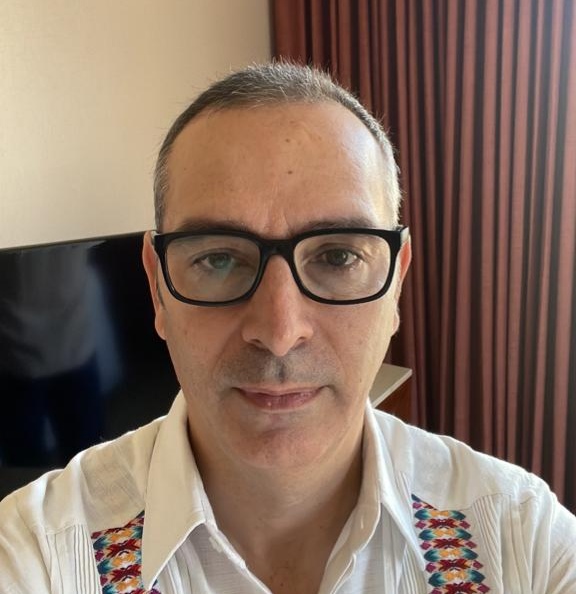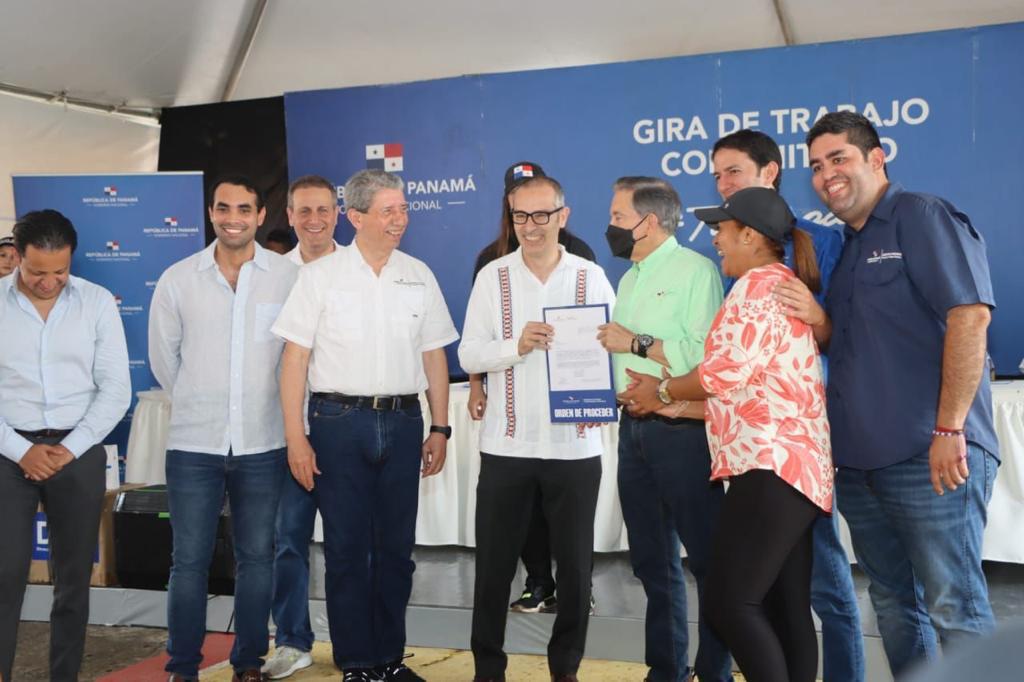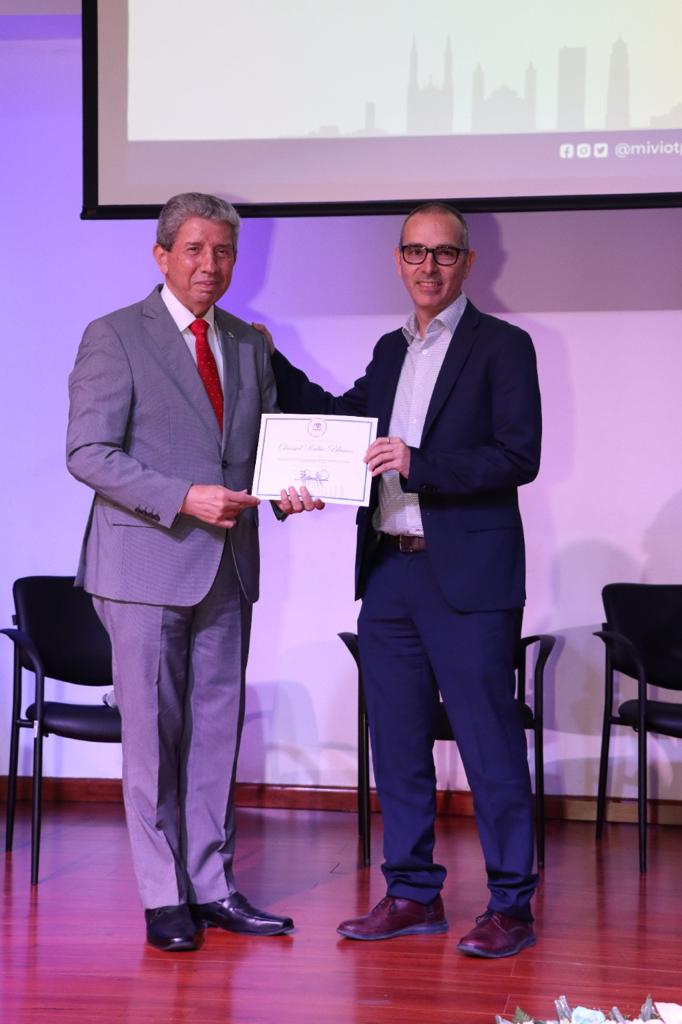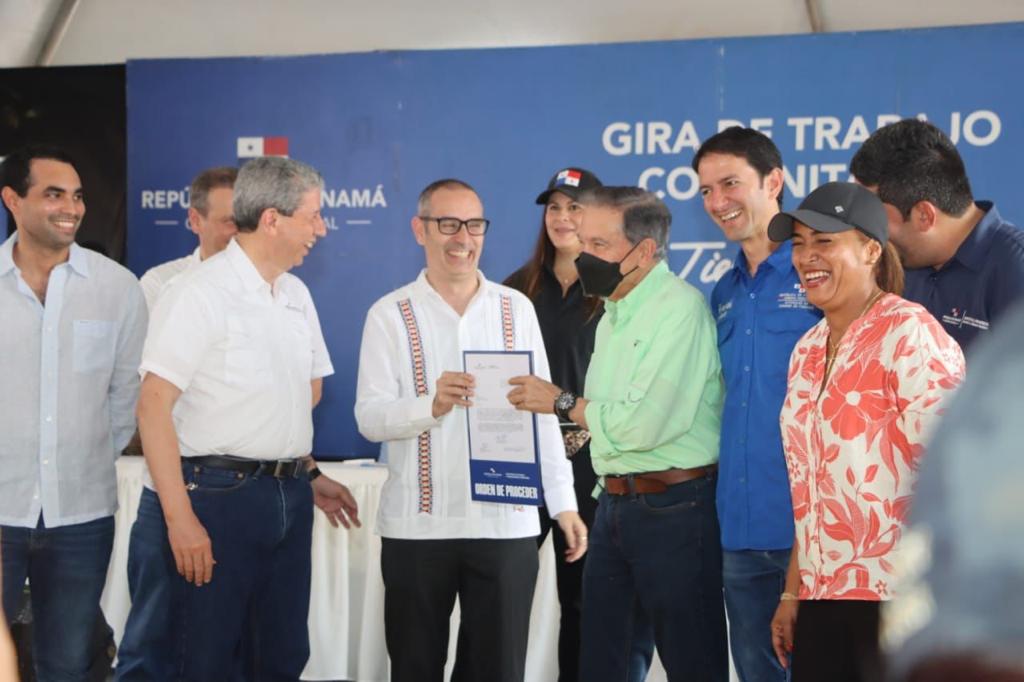A great tourist destination does not arise only from inspiration and its intrinsic attractions, it is developed thanks to planning that allows the place to grow without losing its identity or comforts. One of the key elements in planning is territorial ordering and for this reason the Special Report brings Daniel Rubio, Managing Partner of IDOM’s Urbanism Area for Latin America. He has 25 years of experience in territorial and urban planning, environment and climate change, developing more than 70 projects for international organizations, and has led urban and climate change studies in more than 50 cities in Latin America and the Caribbean.
This professional with a long international career leads the territorial planning project in Panamanian destinations with a tourist vocation and exclusively speaks to The Visitor – El Visitante about the importance of this important planning for the future of national tourism.

How is the tourism situation currently compared to the leaders in the region?
“Panama is located between two booming tourist destinations, such as Costa Rica and Colombia, with between 3 and 5 million tourists a year, but also in a region plagued and stigmatized by permanent political, economic and social crises.
Panama is a small and very young country, which emerged from the Canal, which is why it is known worldwide.
But beyond the great urban development of the transisthmic axis from Colon to Panama around the Canal, there is an authentic paradise and a biodiversity museum: volcanoes and mountains such as the Baru volcano or the Binational Park of La Amistad, the archipelago of Bocas del Toro, the Darien jungle or the island of Coiba, which is a world heritage site, and countless other places, which make it one of the countries with the greatest natural and cultural wealth per m2 on the planet.”
What does the territorial planning of a destination entail and what is sought when doing so?
“Panama’s proposal is based on the creation of special tourist zones, through growth regulations, which include where, how much and how to grow, preserving and promoting native architecture, from the thatch houses in Pedasi to the Caribbean houses on stilt houses in Bocas del Toro.
You have to build on what you have built and learn from what you have learned; social inclusion being very important, since mass and excluding models have proven to be unsustainable; in this sense, the plans are designed with and for the people. And proof of this is that, in the territorial planning programs, multiple workshops and meetings have been held with the key actors, and a public consultation aimed at all citizens will soon be held. Here all opinions add up and we have to count on everyone.”

Why is territorial planning important in a place and why is it even more relevant in tourism?
“Without the implementation of territorial planning instruments, which are for the collective good, many destinations have grown without vision or order, many times under certain interests that did not have as much knowledge or environmental awareness, and thus we have examples of true paradises like the Acapulco bay, Rodadero beach or Benidorm beach, that today have to face problems of lack of public space, overcrowding, pollution or citizen insecurity, compared to others that were planned with a long-term vision, with norms and rules.”
What are the Panamanian destinations where territorial planning is being worked on?
“In this sense, the ATP in collaboration with MIVIOT, the national urban planning authority, and Miambiente, the environmental authority, are carrying out an exemplary and innovative process in the planning of their main tourist destinations, through the Land Management Plans with a focus on climate change in the districts of Sona, Pedasi, Bocas del Toro, Taboga, Tierras Altas and Boquete.
The planning instruments plan tourism development zones with different degrees of intensity, considering the carrying capacity of the beaches, mountains, and different ecosystems, and where the heights, volumes, materials, and shapes of the buildings are regulated, among others; it is about creating an idyllic and bucolic urban space that respects its surroundings and is welcomed by the inhabitants.
In addition, a portfolio of infrastructure, conservation, equipment, and mobility projects is being designed, of which the IDB is financing some in the areas of trails, nature interpretation centers, beach improvement, or solid waste management, to name a few. examples.
They also intend to create access to the beaches and biological corridors with a focus on adaptation to nature.”

How do you see Panama as an international tourist destination consistently working on what was planned?
“Panama is a young country, with a product like the Panama Canal that has attracted different cultures from all over the planet. Global knowledge and talent have been combined in the development of land use plans; now it is about safeguarding our 75,000 km2 jewel; It is time to show it to the world through its best kept treasures and secrets.”
Photos courtesy: Daniel Rubio







